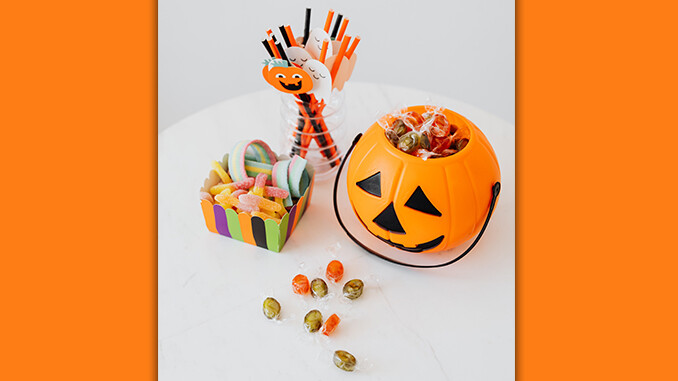
Today is Halloween! Before diving into the heaps of candy and goodies from this holiday, have you considered how these sugary treats impact our kids’ brains and mental health?
Published: October 30, 2021
By: Dr. Teralyn Sell
Author Website: Click to Visit
Dr. Teralyn Sell, psychotherapist and brain health expert, would like all parents, and children alike, to understand the effects that consuming too much sugar can have on a child’s brain health and behaviors:
“Sugar is a major contributor to long-term psychological health problems. In recent research, it was found that sugar consumption increases the risk of depressive symptoms due to inflammation on the body and brain. All it takes is intaking more than the daily recommendation of sugar (which is less than 4-6 teaspoons for a child) to increase their risk. The American Academy of Pediatrics recommends that children under 2 years of age don’t consume any added sugar at all. However, the average American (children included) consumes 17 teaspoons or more per day, which is already more than 3 times what is recommended,” says Dr. Teralyn Sell.
While we all may be tempted to continue snacking on the abundance of candy and goodies from Halloween, it may be best to toss them out post-holiday fun. As Dr. Sell stated, it is so important to limit our kids’ sugar consumption and to work on developing healthy sugar habits for the sake of their physical, mental and cognitive health (especially on these sugar-filled holidays).
Here are Dr. Teralyn Sell’s top 5 tips for parents to help naturally reduce their children’s sugar cravings and consumption:
TIP #1: Eat more protein and whole foods
When in doubt, reach for protein or a whole food option. Protein helps stabilize blood sugar and helps fuel those brain neurotransmitters. Whole foods provide essential nutrients to help fuel your child’s brain all day.
TIP #2: Don’t use sweets as a reward
Sugary foods already impact your dopamine (reward) pathway. If you allow eating sweets as a reward (i.e. If you eat this, you can have a treat, or if you behave you can have a treat) you are setting your child up to use sweets to manage emotions.
TIP #3: Look at labels
Looking at labels doesn’t have to be difficult. However, marketing can be sneaky. So, get acquainted with other terms that indicate sugar, such as cane sugar, honey, brown sugar, high-fructose corn syrup, corn syrup, fructose, sucrose, glucose, crystalline sucrose, nectars (such as blossom), maple and agave syrups, dextrose, maltose, and molasses.
TIP #4: Avoid Soft Drinks, juice and juice drinks
Most soft drinks contain about 30 grams of sugar in a serving. Juice contains about 23 grams of sugar per serving, while juice drinks (aka not fruit juice actually) contains about 20 or more grams of sugar per serving. Instead, opt for water and a piece of fruit. If you choose juice, only choose 100% fruit juice.
TIP #5: Limit processed foods
Particularly stay clear of candy, cereal bars, cookies, cakes and food marketed specifically to kids. Typically these food items contain large amounts of sugar and chemicals. Also, because they are easily portable, they tend to be a breakfast or snack substitute. Instead opt for berries, cheeses and nuts.
